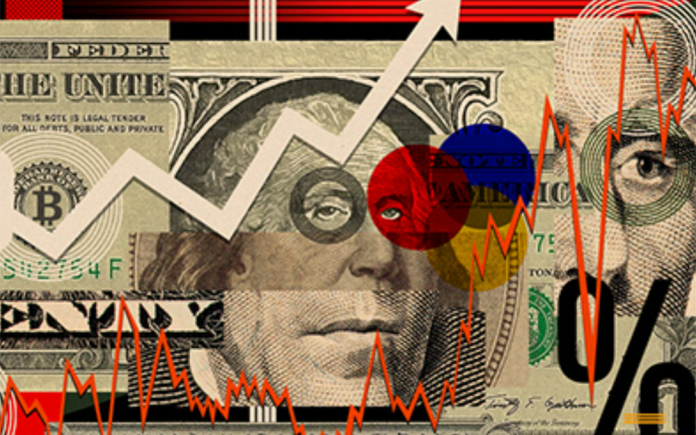
By Haddon Libby
Last week, Chairman Jerome Powell of the Federal Reserve signaled that additional rate increases were unlikely. This news comes as a welcomed relief to borrowers who have been challenged by higher rates and the costs associated with inflation. Rate increases have helped to bring down inflation. Current estimates forecast inflation falling to a 3% rate by year’s end.
As regional banks lick their wounds from the fallout of the failures of Silicon Valley Bank and Signature Bank, it should come as no surprise that these same banks are not lending with the same gusto as before. While some banks have problems with their investment portfolios, the larger concern relates to commercial real estate lending. As COVID changed work and shopping patterns for many of us, some office buildings and shopping centers are not producing the cash needed to deal with higher interest costs and lower rental revenues. As regional banks were some of the largest lenders to these types of properties, the concern is that a recession could result in the default on enough loans to weaken the financial health of the banks. This concern has resulted in most banks cutting back on lending. This has slowed the once red-hot real estate market.
The economic slowdown caused by less credit helps the Federal Reserve in combating inflation. Estimates believe that the Gross Domestic Product over the next year fell by 1.5% because of the bank failures. The outsized impact of GDP is because those failures caused the banking industry to cut back on lending which would have resulted in greater economic output.
What this means to you depends on whether you are a borrower or a saver. As a borrower, it appears that rates will not be headed higher. If you are looking to buy a house, rates remain elevated but have probably peaked.
If you are a saver whether it is through your 401k or a regular investment account, it is time to take a look at your approach to the fixed income component of your account. As a reminder, fixed income investments are often referred to as bonds. With bonds, the lender (you via a 401k or investment account) receives interest from the borrower. U.S. government bonds are usually referred to as Treasury bills or Treasury Notes. Companies like McDonald’s or Apple issue corporate bonds. Companies with strong financials are referred to as Investment Grade where AAA is the best and BBB- is the worst. After that, corporate bonds are referred to as junk bonds with a higher degree of risk.
As of last year, an FDIC-insured bank certificate of deposit for three months paid as much as 5.2% per annum. At the same time, a three-month US Treasury paid right around 5%. Both investments are essentially risk-free. At the same time, Investment Grade Bonds typically paid much less. Junk bonds on the other hand continue to see rates move higher as borrowers with heavy debt loads or inadequate cashflows find it harder to raise the funds needed to operate.
If you believe that a recession is coming, try to concentrate your fixed income investments in low-risk assets like a bank CD, US Treasury, or investment grade corporate. The potential return from higher-risk bonds is appealing on the surface but may hold much more risk than the return justifies. The area for the brave to consider is bank debt. Many banks issue debt at the holding company level. If the bank fails, you lose your investment. Some bank debt was paying more than 10% as of last week despite being investment grade.
When it comes to investing, if you are not sure of the answer, consult an investment professional. A Registered Investment Advisor who works to the Fiduciary standard of care is your best bet as they must put your interests ahead of all others. Brokers are not held to such a high standard of care.
Haddon Libby is the Founder and Chief Investment Officer of Winslow Drake Investment Management, a Registered Investment Advisory firm that performs to the fiduciary standard of care. For more information, please visit www.WinslowDrake.com.










































